Estimated reading time: 19 minutes
South Luangwa is synonymous with walking safaris; in fact, this sizable national park in the west of Zambia is the birthplace of one of the most thrilling ways to see big game in the wild. Leaving the 4x4 game-drive vehicle at camp, you set out on foot with your guide and an armed national park ranger to walk among elephants, antelope, zebra and even the occasional predator, always maintaining a safe and respectful distance from these magnificent animals.
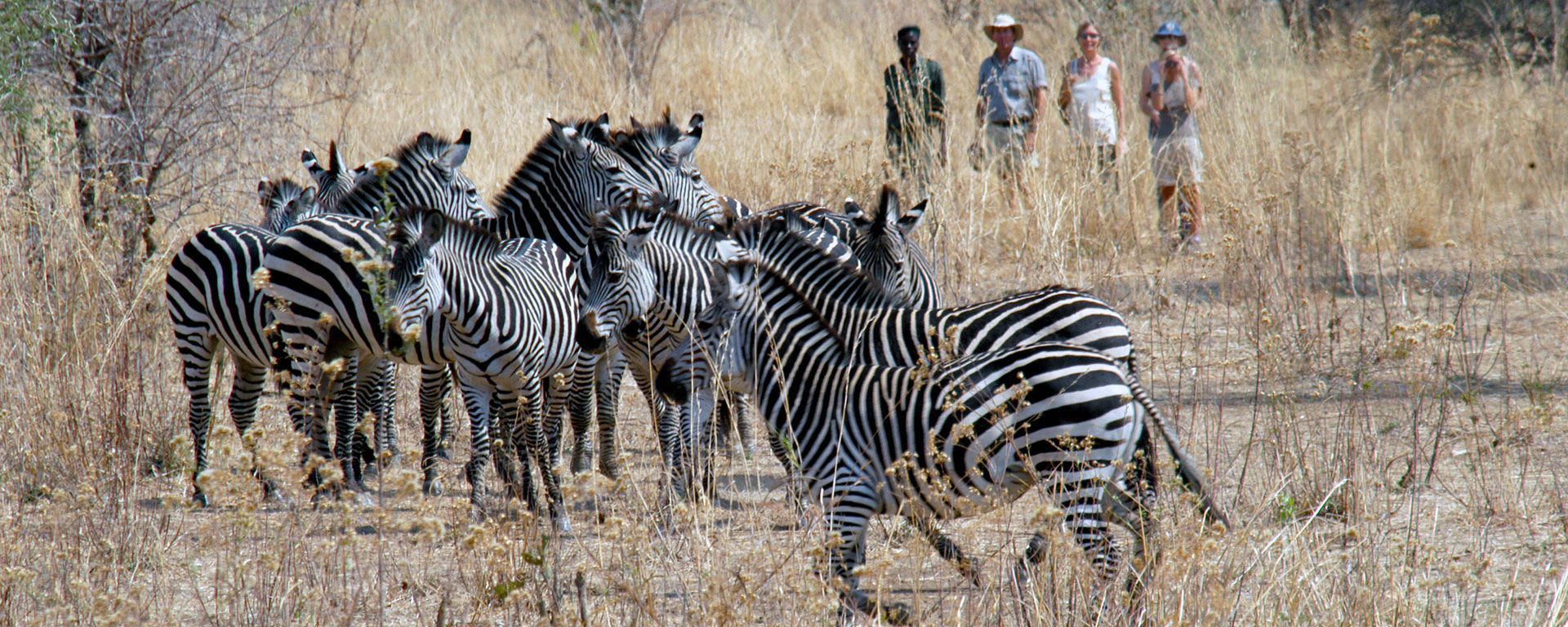
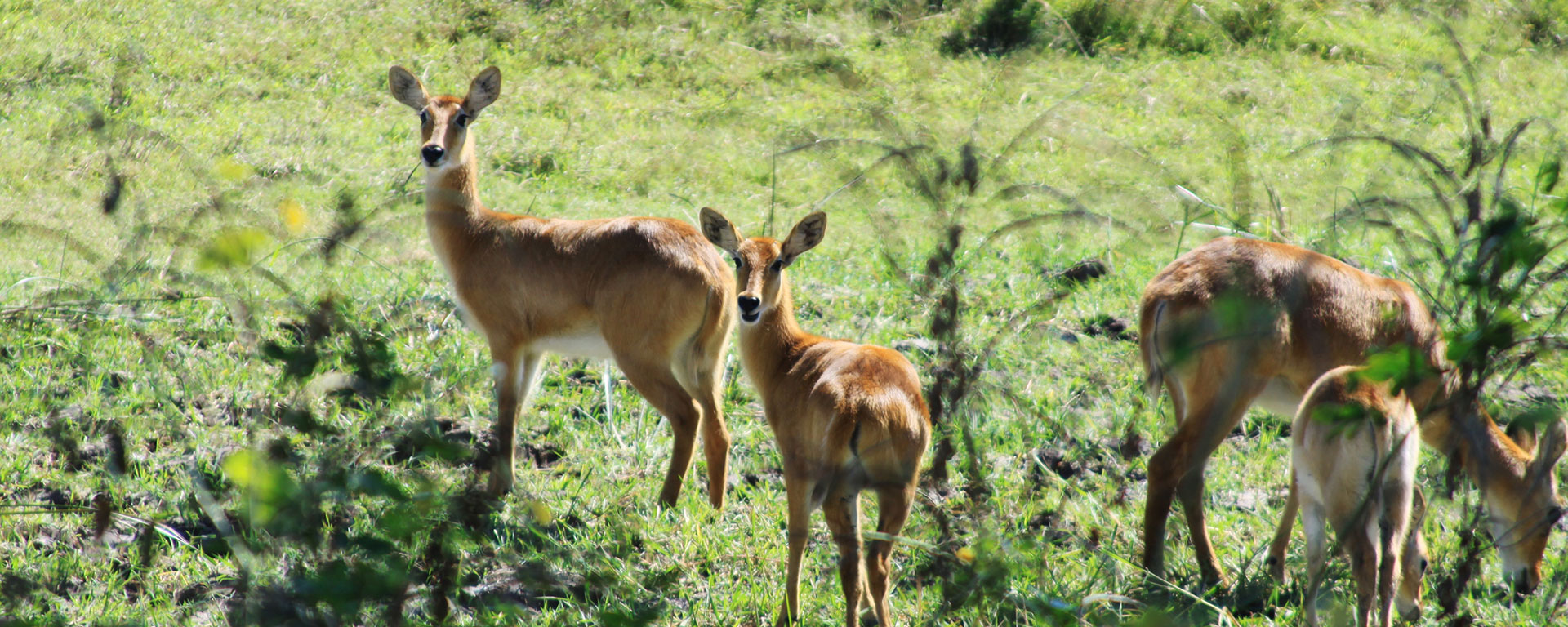
To paraphrase a famous quote, ‘I envy the person who has never done a walking safari, since they have so much to look forward to’.
But walking safaris aren’t the only thing to see and do here. South Luangwa National Park’s top activities include:
- Walking safaris (short half-day walks or full-day walks between camps)
- Staying in authentic, off-the-grid bush camps made of thatched grass
- Watching elephants walk through reception at Mfuwe Lodge
- Go mountain biking in the bush at Tafika
- Meeting ‘Harry the hippo’ at Bilimungwe
- Game drives to see species like puku, Thornicroft’s giraffe, Crawshay’s zebra and Cookson’s hartebeest
- Some of the best birding in the world – look for Lillian’s lovebirds and paradise wydahs
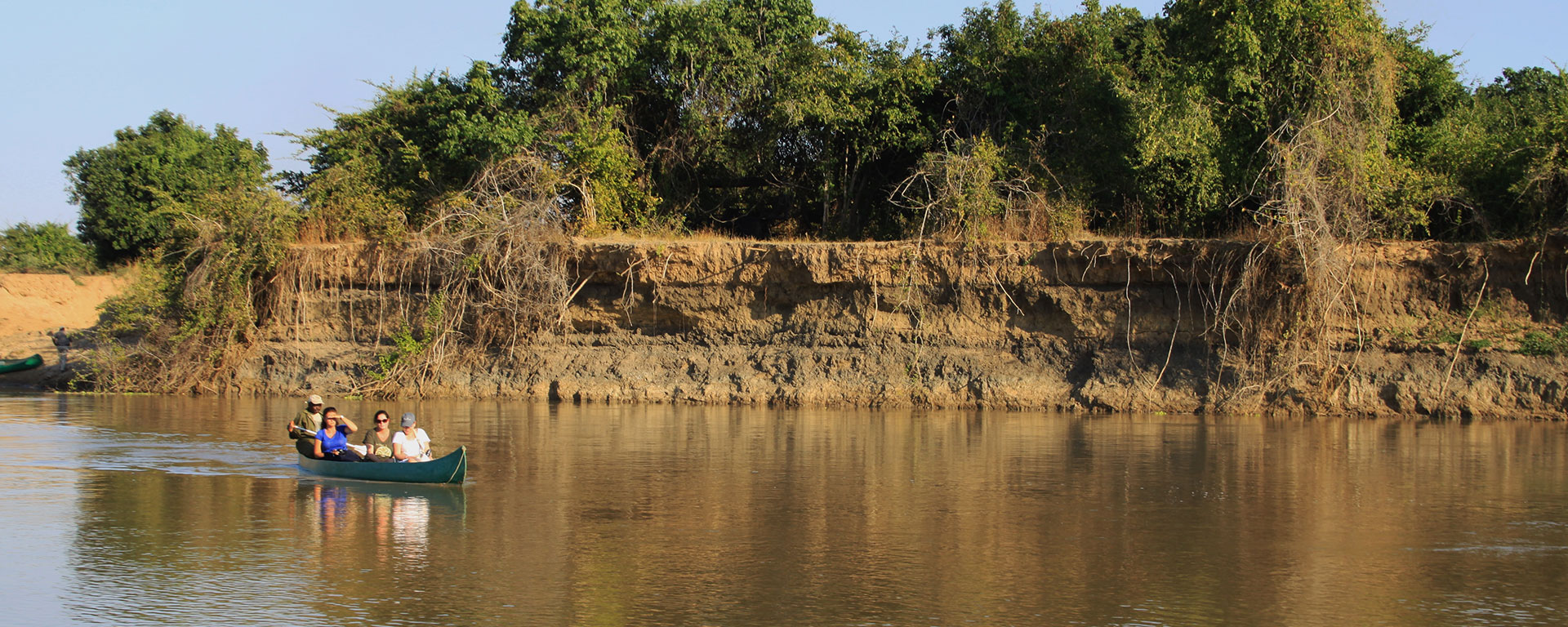
The one activity that isn’t offered here is canoe safaris or river cruises. Unlike the Zambezi River, the Luangwa River is too unpredictable and so, for everyone’s safety, river activities are limited to occasional transfers by boat or canoe.
If you are doing both South Luangwa National Park and Lower Zambezi National Park to see much of Zambia, then I suggest doing South Luangwa first. There are so many river activities in Lower Zambezi that if you do that park first, you really want to get out onto the water when you get up to South Luangwa, but can’t, which can feel a little heartsore.
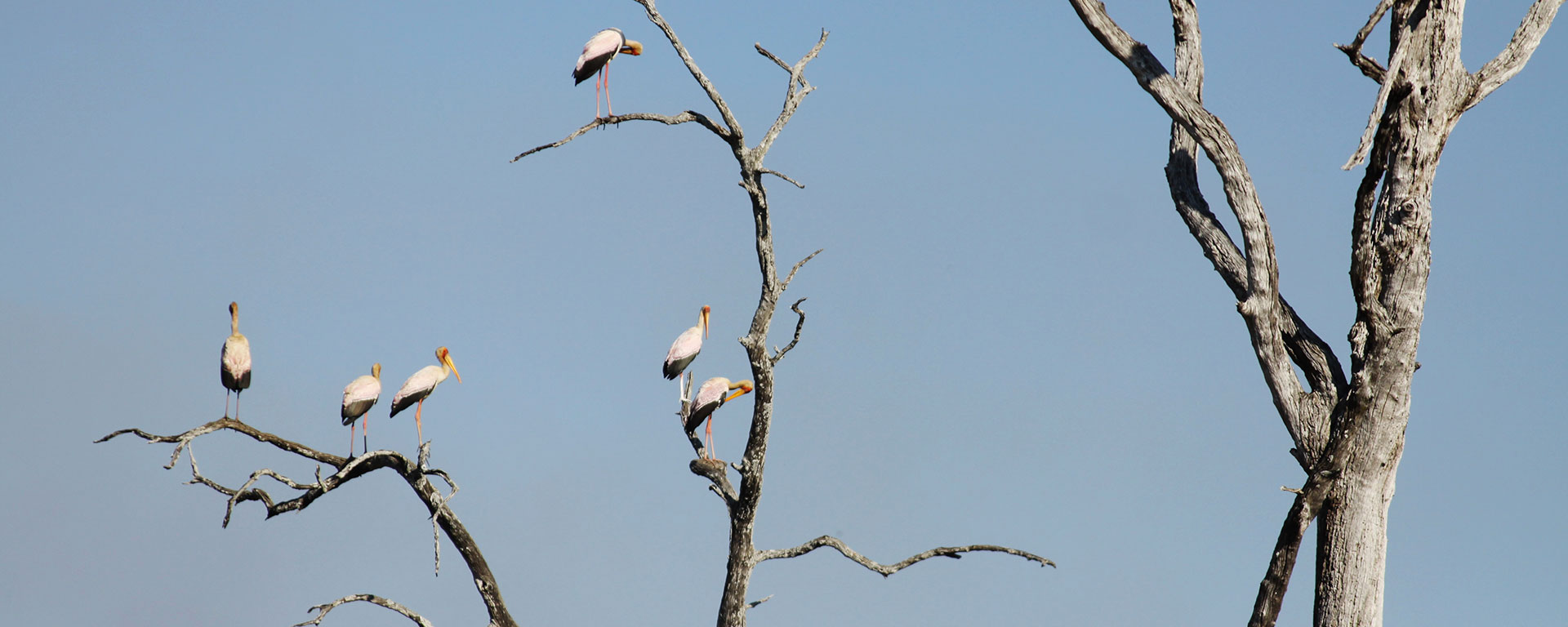
READ MORE: All about safaris in Zambia’s Lower Zambezi National Park.
When to go
Zambia is nearing the equator, which means that the weather is warm year-round. The park is only open to visitors from about June to November, during the dry season, as the rain the rest of the year makes the black-cotton soil virtually impassable.
The good news is that June to November coincides with peak safari season, cooler temperatures, slightly less lush vegetation so the animals are easier to find and see, and less water around so that there are fewer bugs and mosquitoes (always check with your travel clinic about anti-malaria medication and take eco-friendly insect repellent).
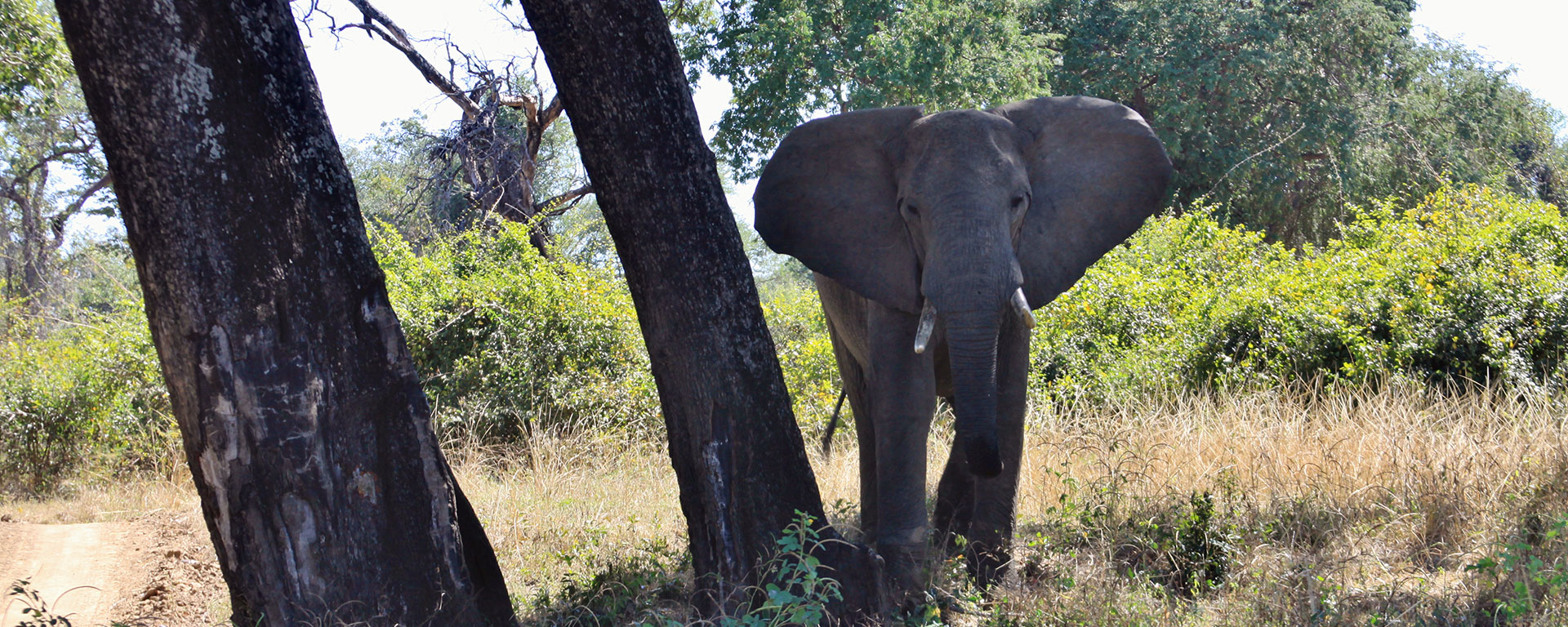
The best news is that, because the park is closed for about six months of the year, the animals don’t see people and vehicles every day, which helps preserve their essential wildness. Unlike year-round destinations like the Serengeti, Masai Mara or Kruger National Park where the animals are in constant contact with humans, the game here can be alternatively curious, wary or even intimidating, letting you experience the thrill of encountering an almost truly wild animal like the explorers of yore did (elephants in Kruger, for example, are largely unfazed by humans; the ones here, however, can be downright vocal about your presence. Zambia’s guides are excellent and can read animal behaviour superbly to ensure your safety).
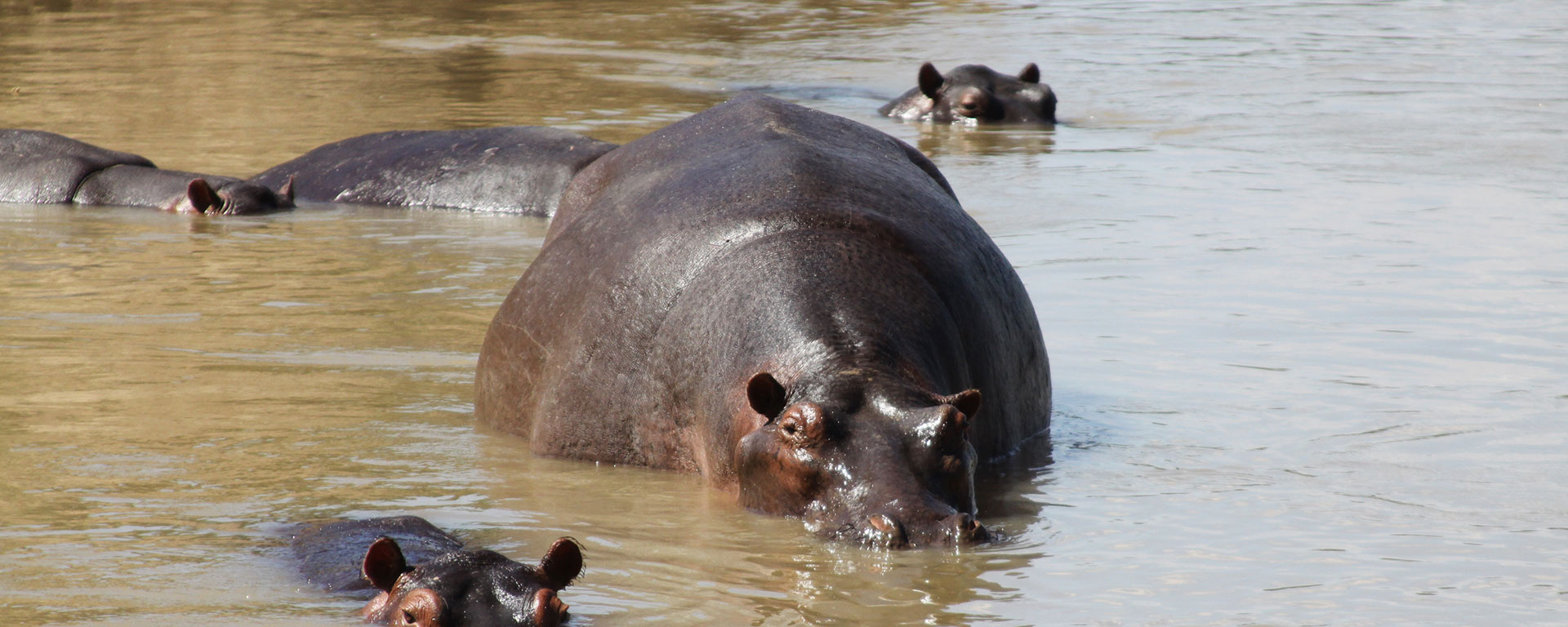
The down side is that, because of the short season, demand can be high. South Luangwa is very popular with returning safari lovers, repeat travellers and adventurous walkers and hikers. If you are thinking about a trip, it’s best to start planning as early as possible so you get your first choice of accommodation.
June will still be quite green after the summer rains but by October, the grass will be parched and the watering holes much drier, forcing game to concentrate around them and making the animals easier to find.
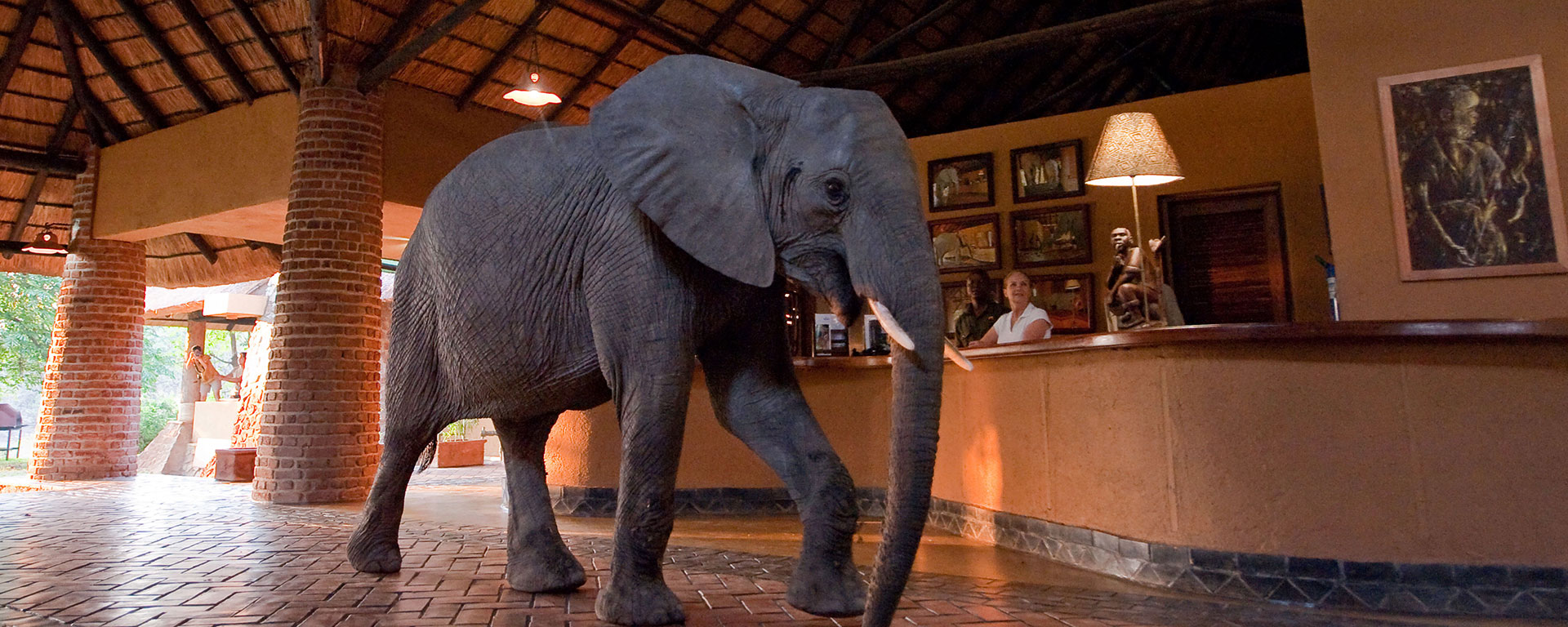
When to go to see the elephants walk through Mfuwe Lodge
Mfuwe Lodge is built on a tributary of the Luangwa River and its decks and pool overlook the wide, ephemeral stretch of water. In about October, round about spring, the flowers on the wild mango tree bloom and turn into fruit. When the fruit is ripened by the sun, the elephants arrive to eat their fill. The only way for them to reach the tree is literally by walking up the steps and through the reception area of the lodge.
WATCH: See a family of lions making themselves at home on the deck.
This amazing moment has been known to move guests to tears as these sensitive, intelligent and caring animals move silently through the building and head down to their annual feast. Some guests have even been known to book rooms months in advance to be around for this incredible spectacle.
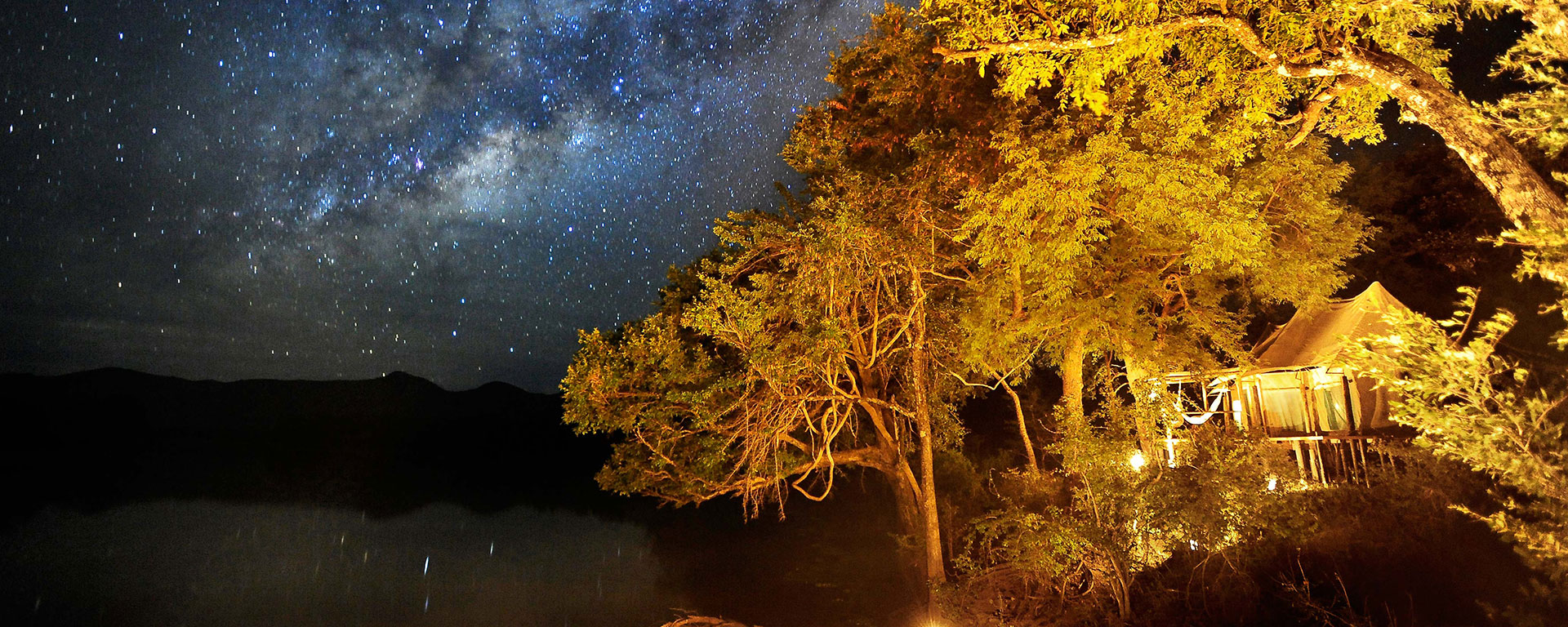
A word of caution: no-one ever knows when the elephants will arrive or how long they will stay. There is no fixed date for this to occur. If the rains are early or late, then so will the fruit and elephants be (everything in Africa is predicated on rain). Like so much else on safari, seeing this is a combination of luck, educated guesswork and simply being in the right time and the right place. But what a time, and what a place!
PS: You cannot touch, ride or cuddle the elephants. They are not habituated to humans in that way and the staff at Mfuwe will ensure you keep a respectful distance away from them.
READ MORE: Other great places to see elephants in the wild and other lodges where animals roam completely free.
Where to stay
Accommodation in Zambia runs the gamut of permanent lodges, luxurious tented camps and down-to-earth ‘bush camps’ that are made of thatch and built every year in about May or June and then allowed to biodegrade back into the earth over the rainy season.
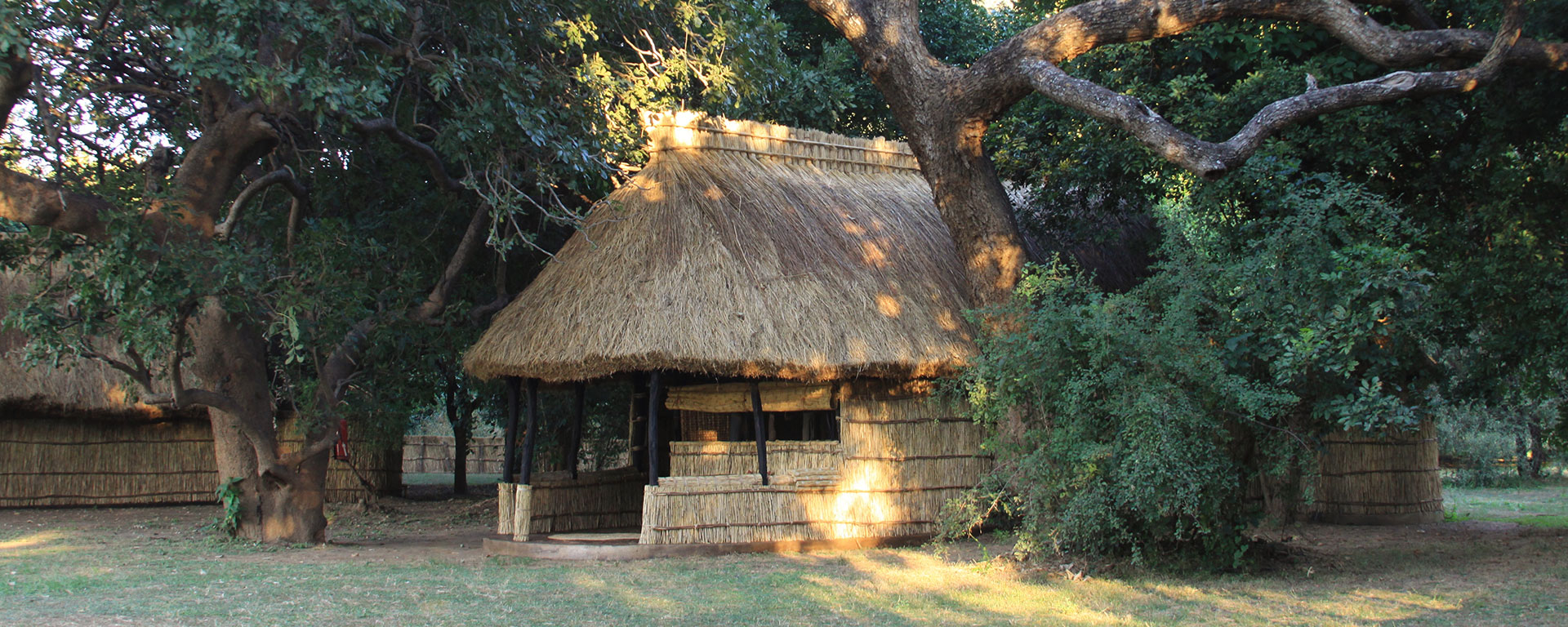
I suggest staying in a mix of camps, depending on the length of time you are in Zambia, your preferences and your budget, of course. It is always welcome to start and end your safari in a lodge with a swimming pool, air conditioning and Wi-Fi, ‘roughing it’ without these modern creature comforts on the days between.
The best of the ‘back-to-basics’
Zambia has maintained much of its no-frills, authentic and original safari accommodation. While other countries’ safari lodges are putting in wine cellars and satellite television, Zambian operators are still making charming ‘bush camps’ from thatch.
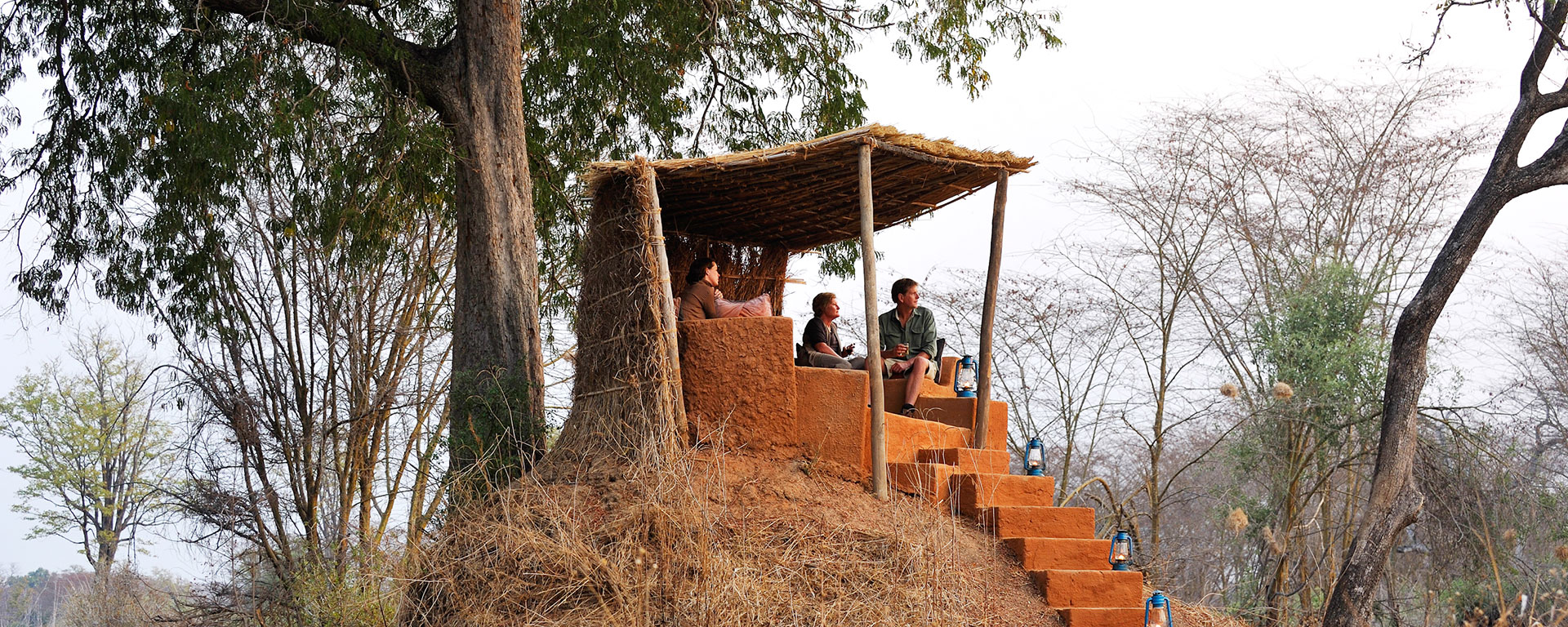
In about April or May, depending on the rain, whole camps arise from the bush. Traditional crafters and Bisa villagers thresh grass and create bedrooms, bathrooms and even bars and hides, from thatch. The result is eco-friendly accommodation that ‘breathes’ with the weather and is cool in the heat of the day. You get flush toilets and running water but showers may still be traditional bucket showers. There is no Internet or air con, nor swimming pools, gyms or spas. The result is a true detox.
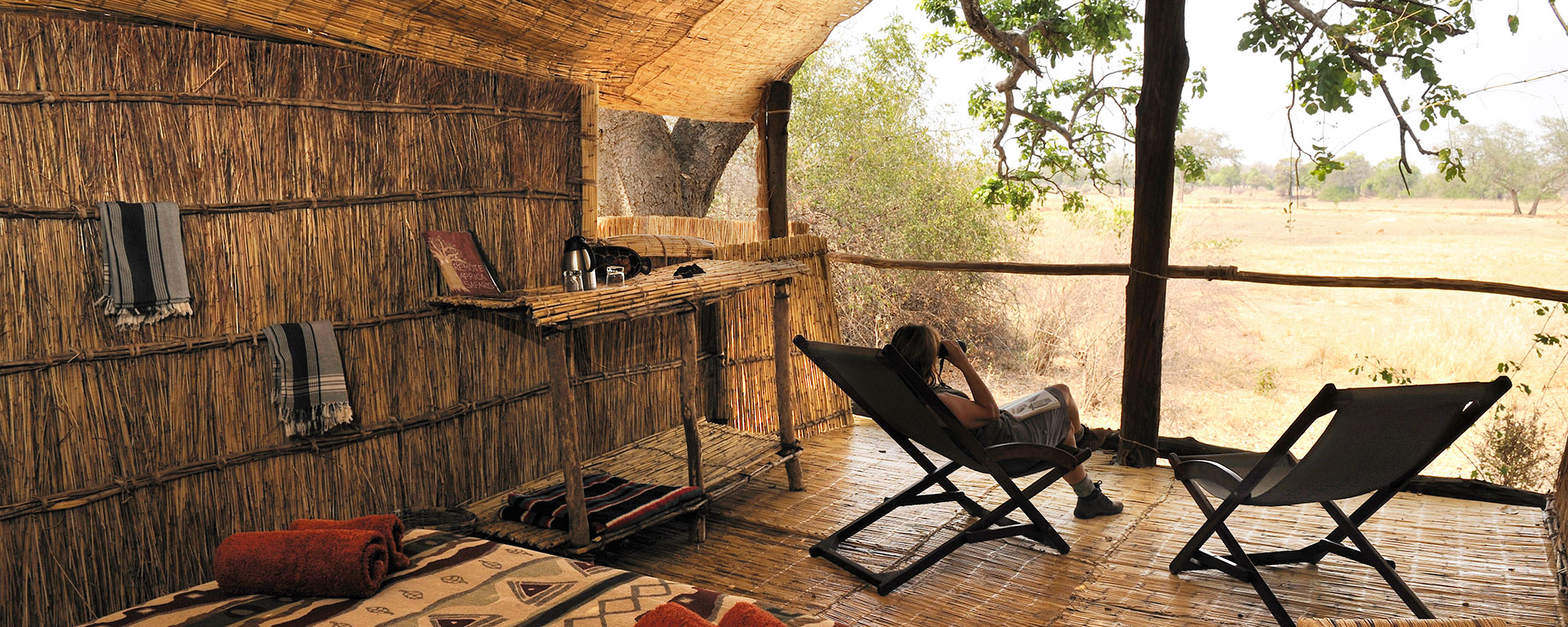
Because of the unfenced nature of bush camps, most do not take young children (most walking safaris will not accommodate children under 16). These camps are suited to adventurous travellers who enjoy camping and who don’t mind the odd bird or frog wandering into the bathroom. Most have solar power backed up by generators, and central charging stations for your devices in the communal area.
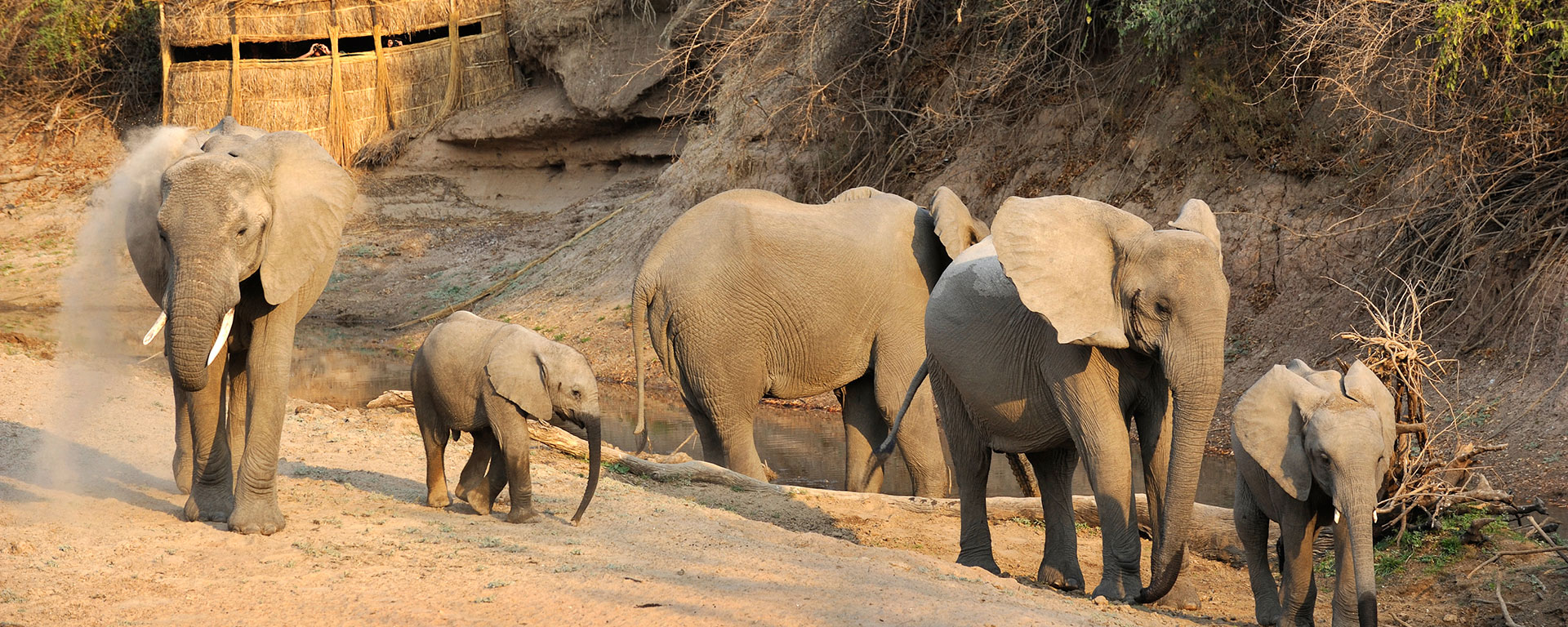
Our favourites are Chikoko Tree Camp, Mwamba and Kakuli. Tafika combines well with these but is more ‘permanent’ and lavish (think manicured lawns, mountain-biking safaris – fat and regular tyre – and hammocks under the trees).
The best part of these camps is that they slowly return to nature after safari season ends and there is no damage to the environment. We love that.
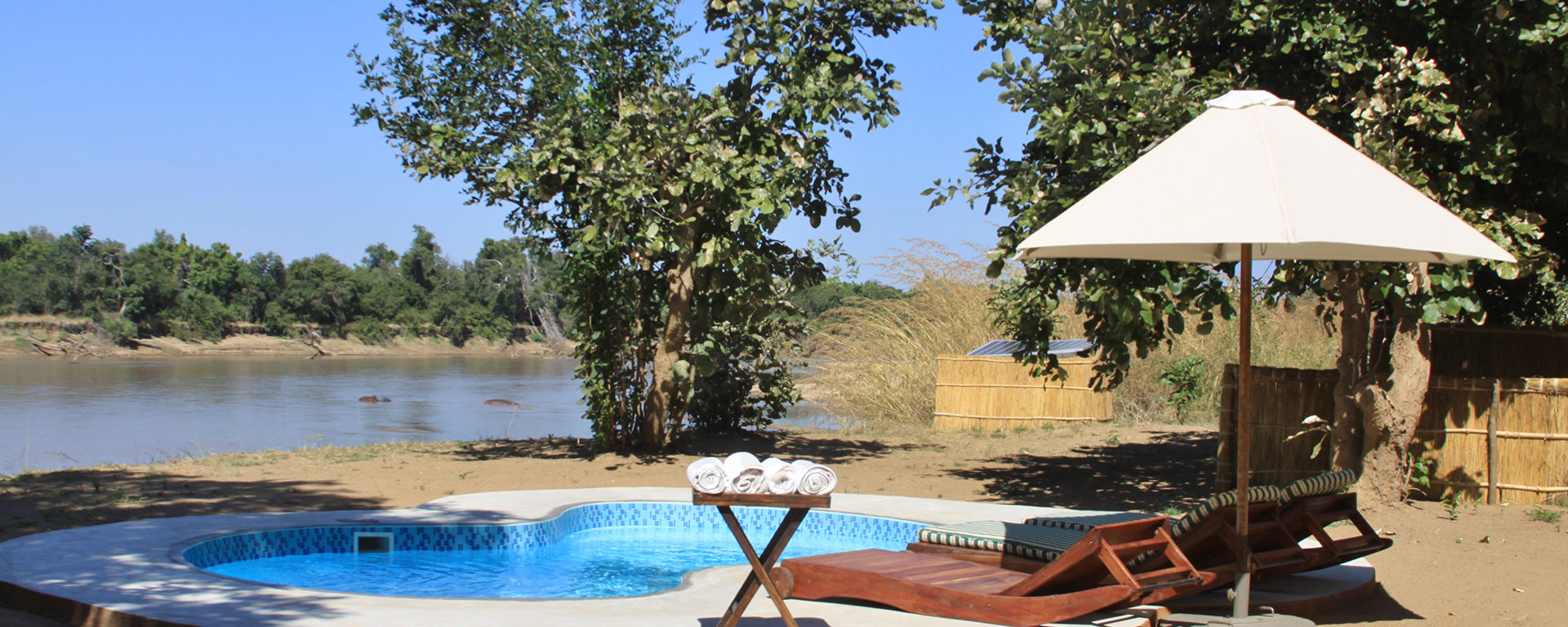
A bit of bush, a bit of luxe
If you’re not quite ready to sleep in a thatch hut, then consider the lodges that take elements from bush camps and luxury tented camps, and mix them to create accommodation that is comfortable, eco-friendly and has some modern touches.
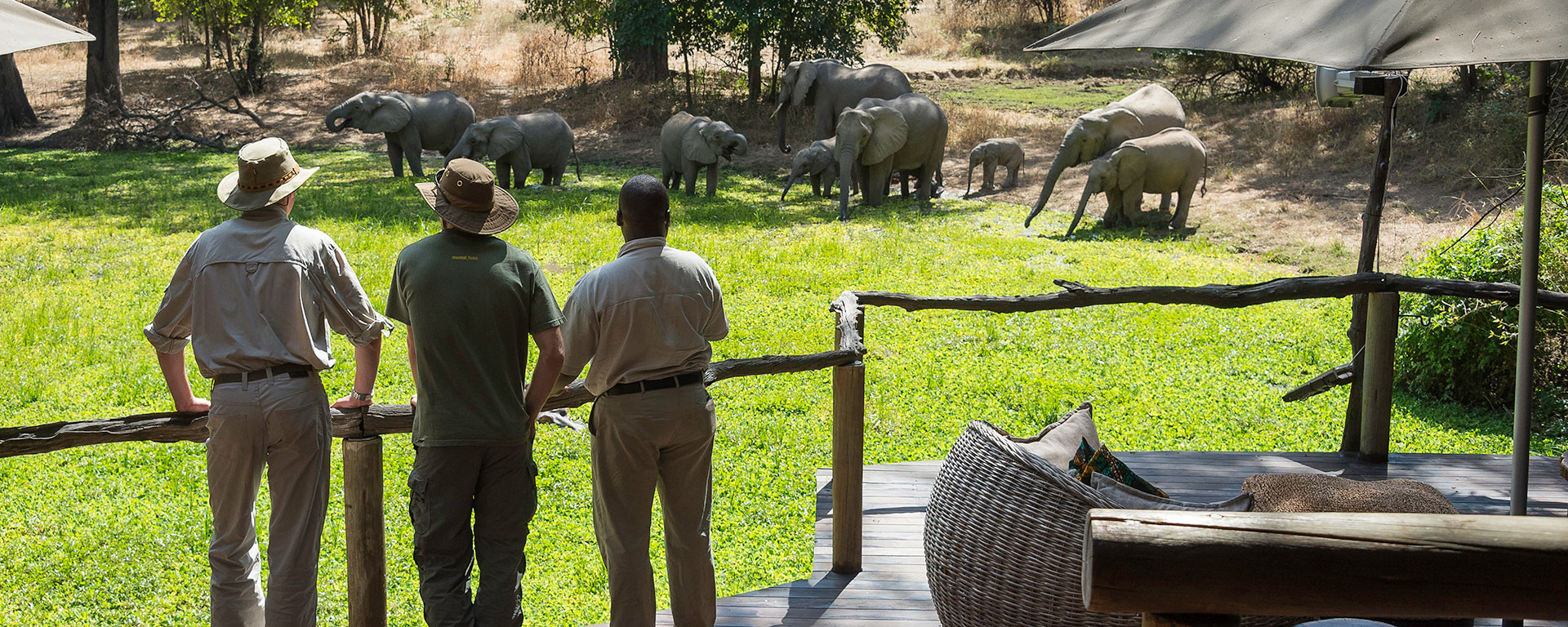
Suites and bathrooms will be bigger, and may have Wi-Fi, private charging stations or plumbed showers – each is different. Unlike bush camps, bathrooms here tend to be far more open-plan and will often lead directly off the bedroom area without much privacy for each. If this is a concern for you, please do chat to your Africa Safari Expert about it when planning your holiday.
There is still that same Zambian emphasis on enjoying nature and you often find delightful local touches like brightly coloured cloth or subtle beadwork in the décor.
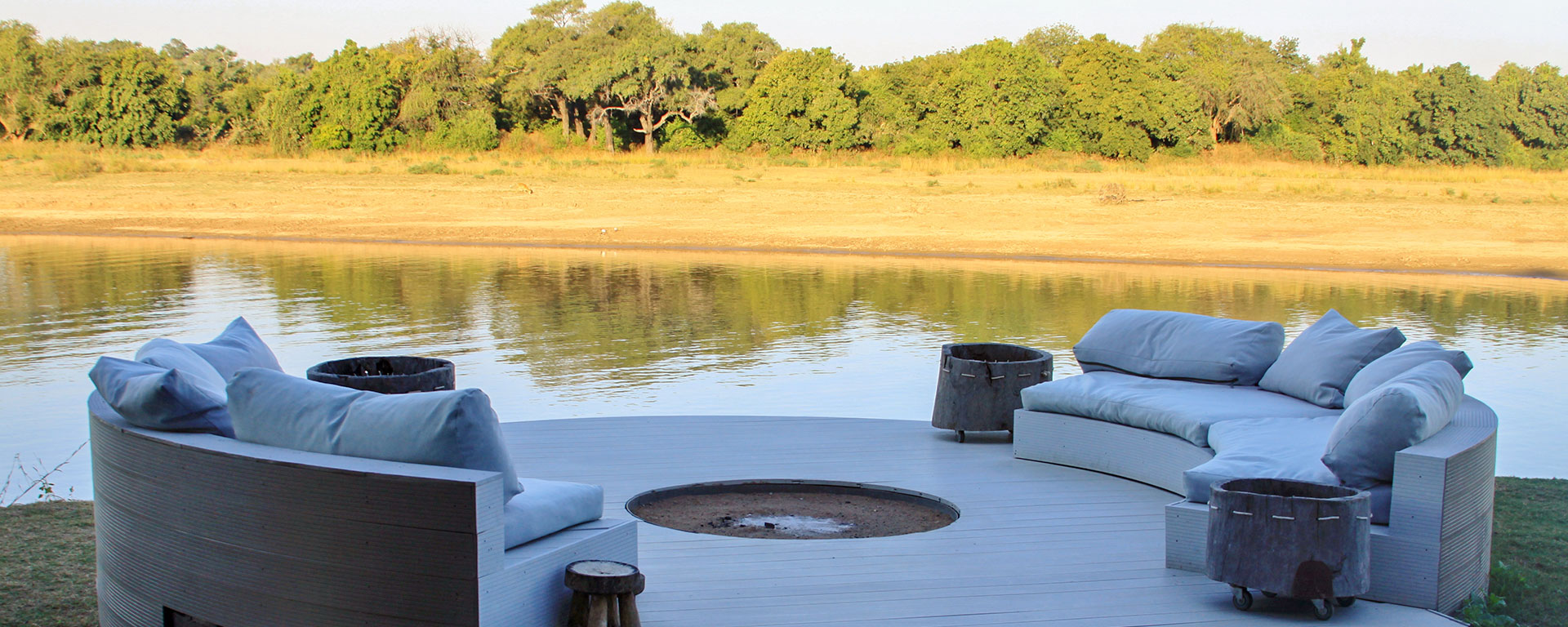
Our favourites here are Chamilundu, Chindeni, Bilimungwe, Zungulila and Mchenja. Walking between Chamilundu, Chindeni and Bilimungwe would give you wonderful game viewing, superb scenery and a welcome haven at the end of each day.
‘Designer Zambia’
Although Zambia retains a very authentic and down-to-earth safari culture, there are a handful of more formal and luxurious lodges for those travellers who simply cannot be without all the mod cons. This is the world of beautiful libraries, expansive decks, spas, private plunge pools, gourmet menus and boutiques – but all rendered with a light touch that still allows the incredible beauty of the surroundings to be the star.
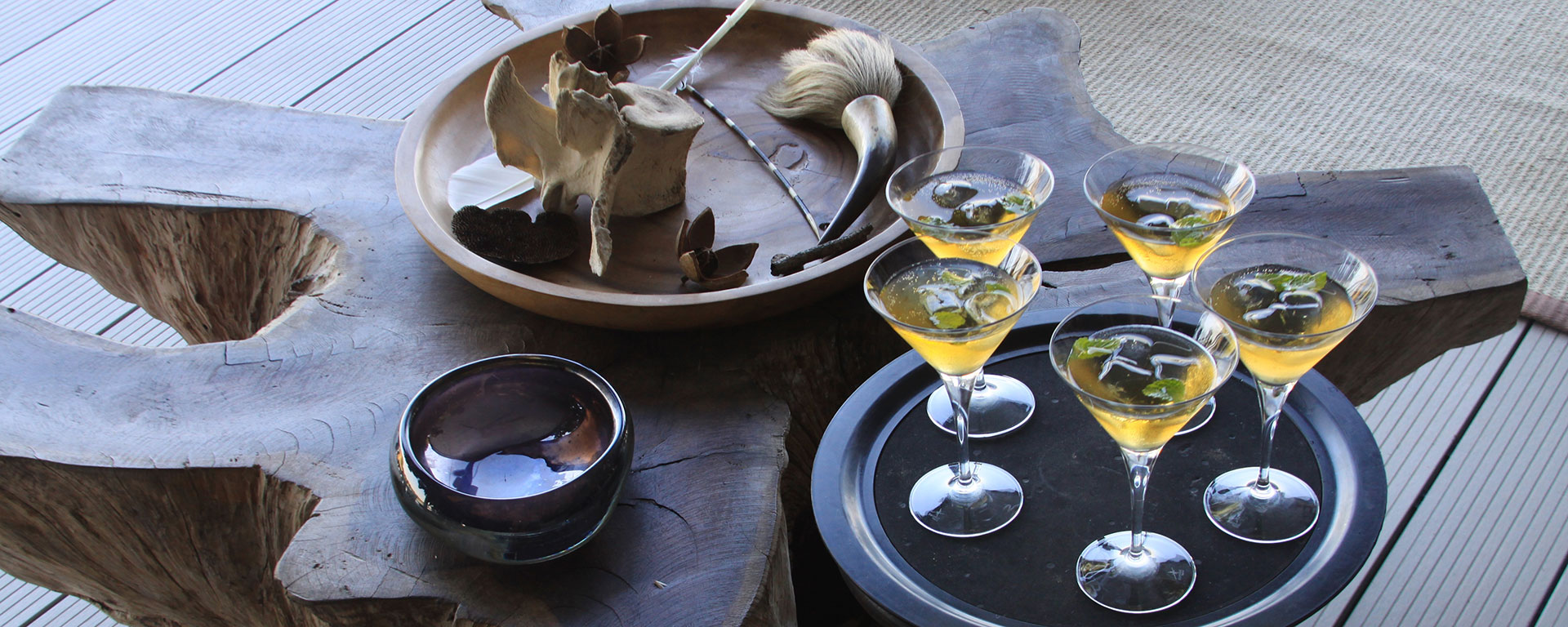
Favourites here are Chinzombo, Mfuwe, Puku Ridge and Chichele. Chinzombo is built on the site where Norman Carr, a famous explorer, set up his original campsite and is so close to the Luangwa that hippos emerge to munch the lawn while you are having dinner on the deck. It is the glamorous big sister to Mchenja and Kakuli, and a great place to end off a walking safari at those two bush camps.
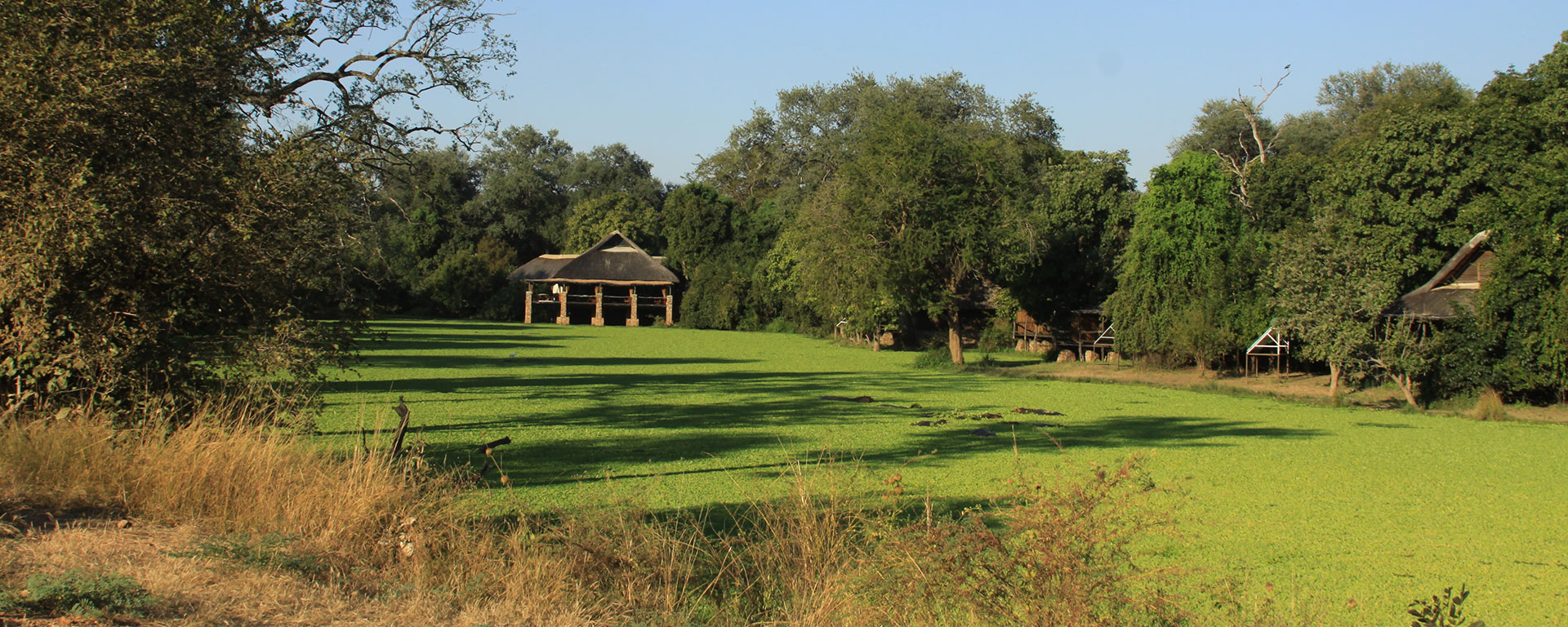
Mfuwe is the dazzling but family-friendly counterpart to Chamilandu, Chindeni and ‘Bili’, as it’s known. Many travellers start off with a South Luangwa safari at Mfuwe because it is closest to the airstrip – instead of a long drive to a distant camp, they spend the afternoon at Mfuwe’s pool and then the road the next morning.
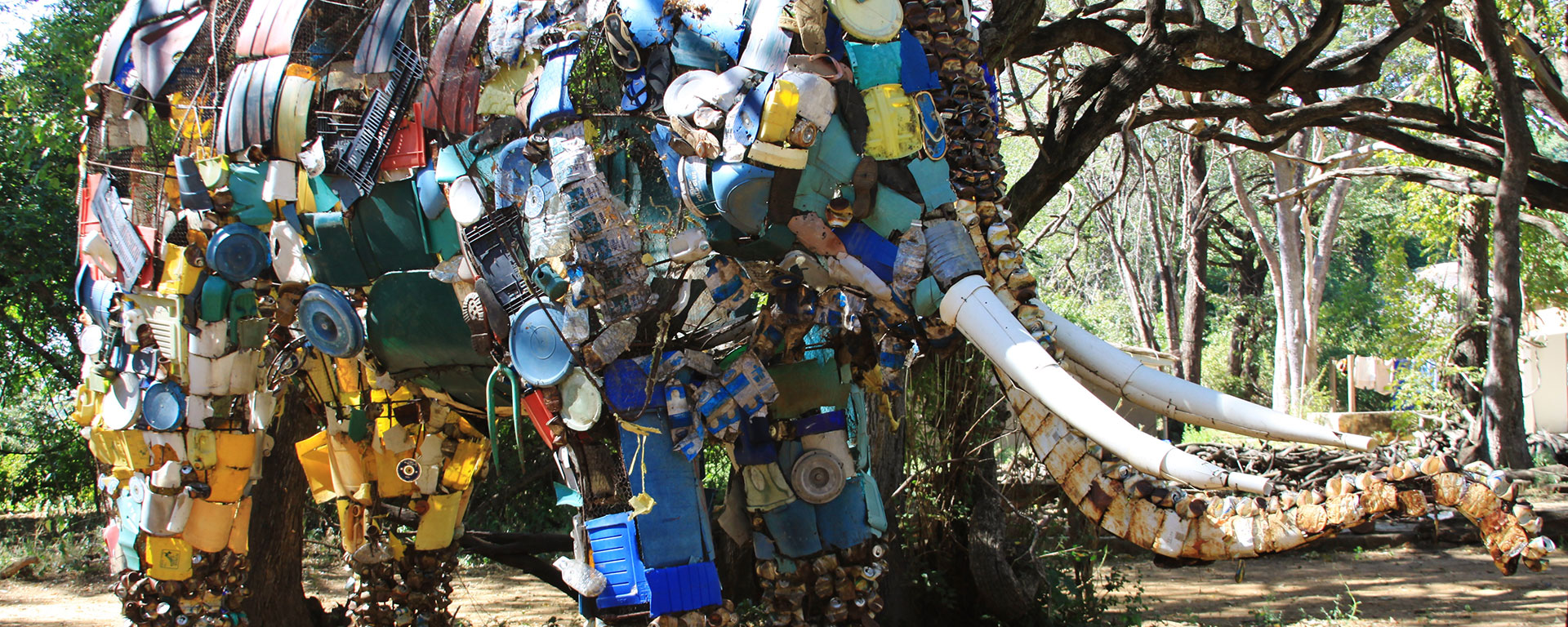
Shopping
There is surprisingly good shopping in Mfuwe town. My favourites were Tribal Textiles and Mulberry Mongoose. ‘Tribal’ employs villagers to create unique fabrics using lost wax and painting techniques which are then made up into cushion covers, tablecloths, runners, napkins, and aprons – it’s possible to give your entire kitchen and dining room a safari makeover by shopping here!
Mulberry Mongoose’s ethos is to turn cruelty into beauty. A lot of their exquisite jewellery is fashioned from snares confiscated by anti-poaching patrols in the park and all the proceeds go back into funding this vital conservation work that allows us to enjoy animals living free and wild. The young women here also create beautiful bags and other items. No matter how limited your luggage allowance is, I firmly believe there is always space for some jewellery, even if you have to wear it. Items from Mulberry Mongoose make fantastic gifts and highly wearable pieces to remind you of your time in Africa.
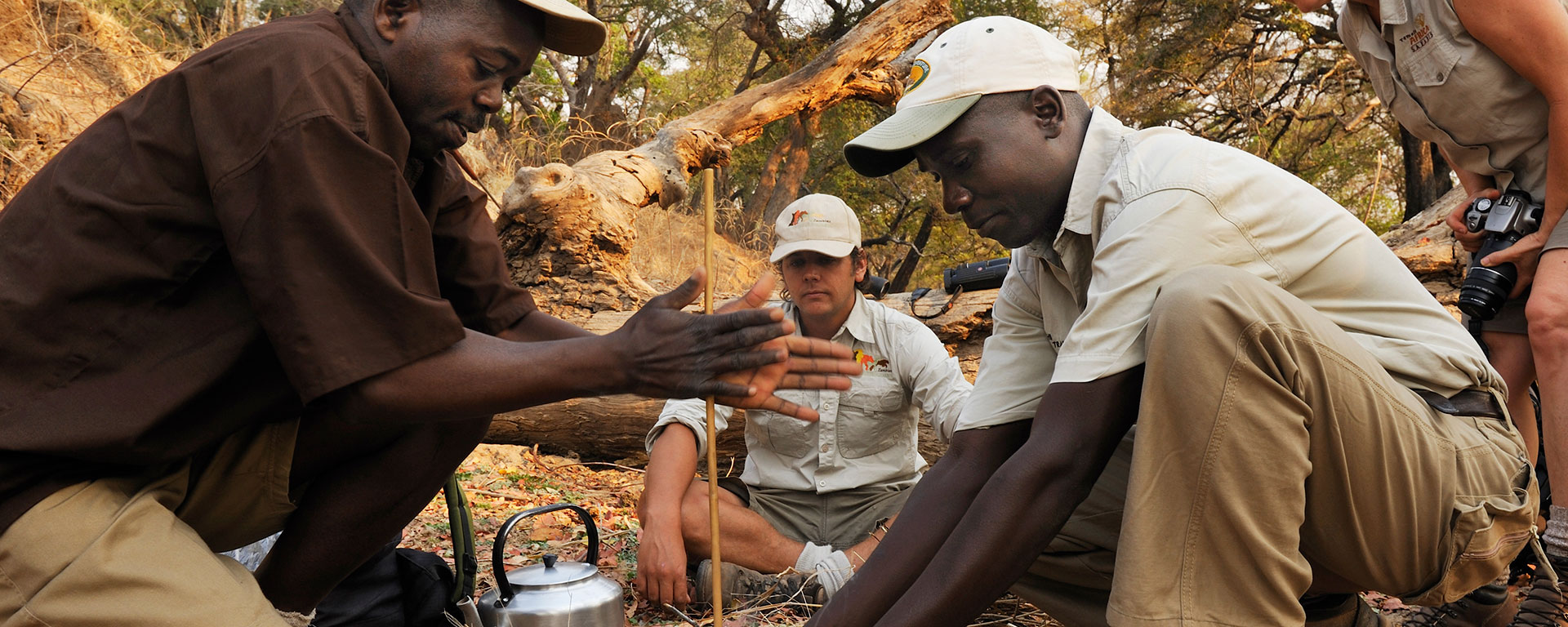
Important to know about South Luangwa
- Parts of the national park border game management areas (GMAs) where commercial trophy hunting is allowed. We believe that if the demand for safari outstrips hunting, communities may push to incorporate GMAs into the parks, to the benefit of the animals.
- Wi-Fi in Zambia is spotty, even in top lodges.
- Tsetse fly is present – they give very painful bites. They are attracted to blue and black so please do NOT wear clothes in these colours (tsetse fly traps are actually made from poison-impregnated material in these colours for this reason). Tsetse flies do have a benefit: they discourage herders from bringing their cattle to graze in national parks.
- Walking safaris can be strenuous. This is not simply an hour’s guided stroll around camp – you will often walk for three to four hours over rough terrain. The guides and porters will carry the basic gear but you need to be fit enough to walk in hot or humid conditions. Please consult your doctor before signing up for a walking safari.
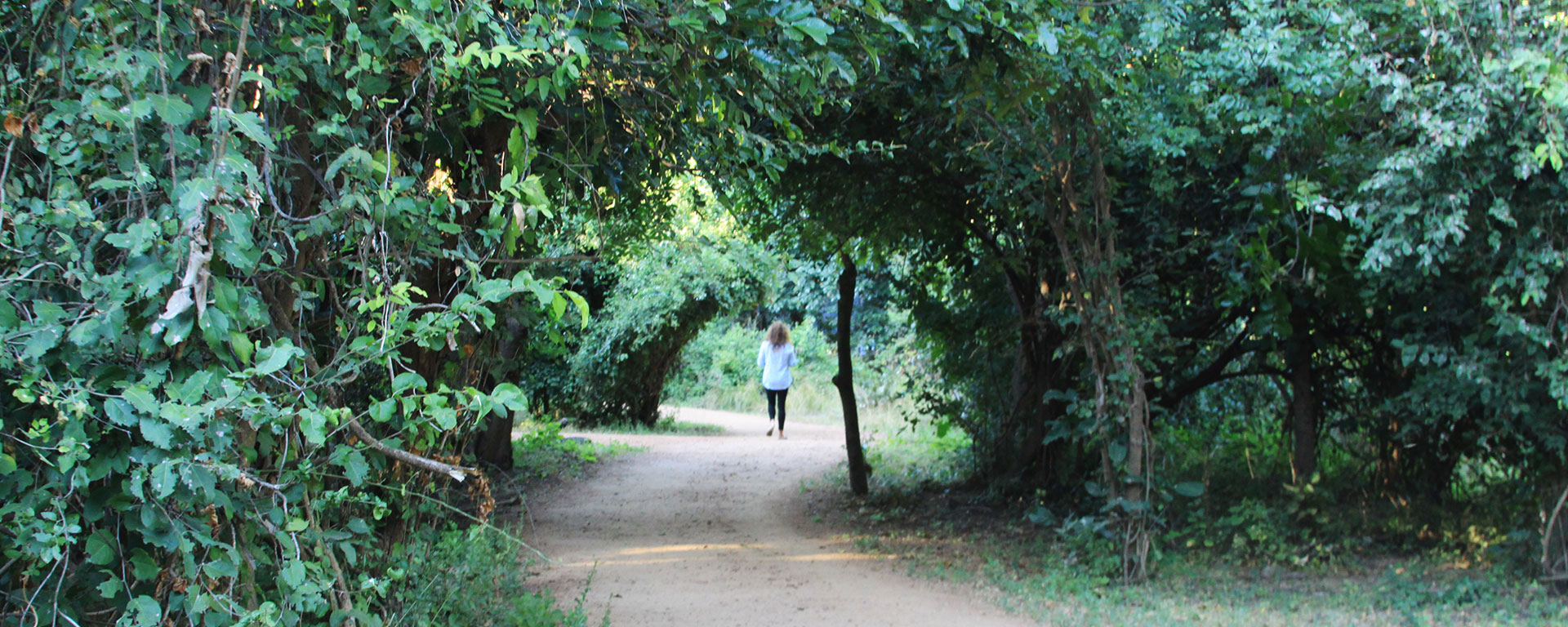
- The Luangwa River is considered unpredictable and thus dangerous. River activities are largely limited to necessary canoe transfers to reach the opposite shores. You cannot swim in the Luangwa.
- Despite June to November being dry season, please consult your travel clinic about malaria prophylactics. As always, prevention is better than cure so bring eco-friendly repellent and wear long sleeves and trousers in the evening to avoid getting bitten.
- Unlike other countries, staff quarters are built very close to guest quarters in Zambia.
- Swimming pools are generally only found at the more permanent lodges.
- The hub is Mfuwe and you will likely fly in and out from here back to Lusaka.
- The food is very good – please tell your ASE way in advance if you require vegan, kosher or halaal meals as not all camps have the facilities to prepare these.
For safari regulars or those returning to Africa, Zambia promises an unpretentious, fun, interesting and highly memorable safari that will leave you yearning to return.

